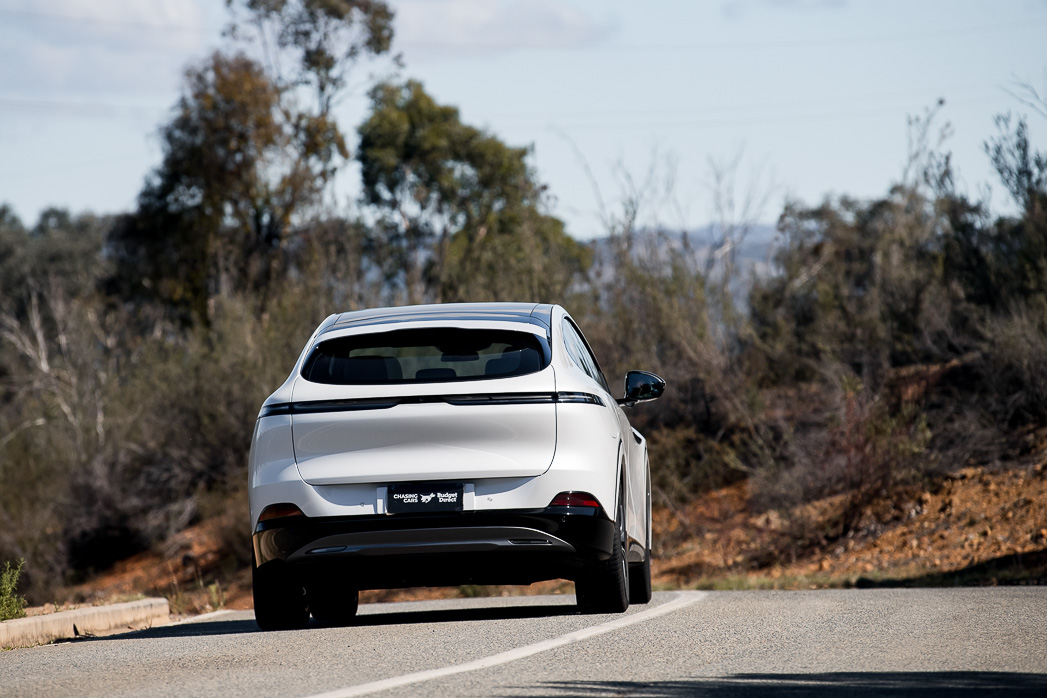-
Car Reviews
- All reviews
- Midsize SUVs
- Small cars
- Utes
- Small SUVs
- Large SUVs
- Large cars
- Sports SUVs
- Sports cars
- Vans
Latest reviews
- Car News
-
Car Comparisons
Latest comparisons
- Chasing Deals
Agreeable but largely unmemorable demeanour forces the G6 to lean on long range and fast recharging to stand out in a seriously crowded market
Australia is in the midst of an onslaught of newly-arriving Chinese car manufacturers. It is probably the case that some will survive here, and others will not—but XPeng might have more staying power than most.
In 2023, the Volkswagen Group tipped AUD$1 billion into the Guangzhou marque for a forthcoming shared electrical architecture. We’ll see the fruits of that transaction later. Right now, Australians can buy the XPeng G6.
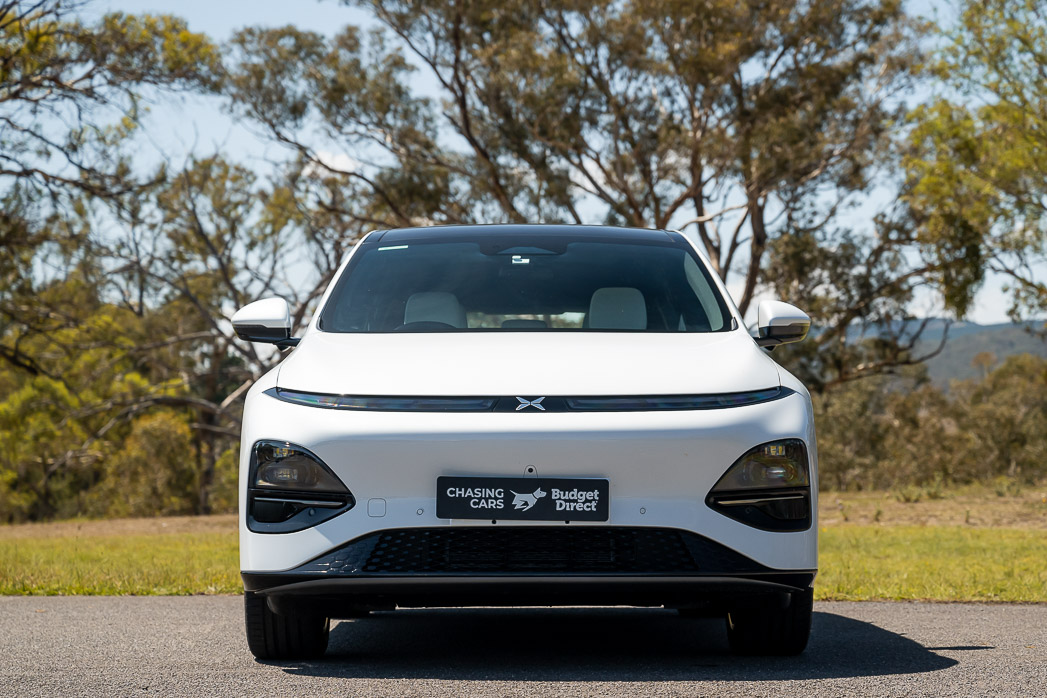
Far East Movement sang about a $124 million Gulfstream G650 private jet in their 2010 banger Like a G6… but this G6 is more attainable. Two variants are available. The G6 Standard Range ($54,800 before on-road costs) is fully specified; the $59,800 G6 Long Range tested here swaps in a larger battery, upgrading range from 435km to 570km (WLTP).
But what is an Xpeng G6 I hear you ask? Dear reader — if the images don’t make it abundantly clear, the G6 looks (almost impossibly) like a slightly blander interpretation of the pre-facelift Tesla Model Y. Such similarities can be measured: the G6 is just 3.0mm longer than the Tesla!
We suppose there are worse commercial decisions than to be inspired by the world’s best-selling vehicle in 2023 and 2024.
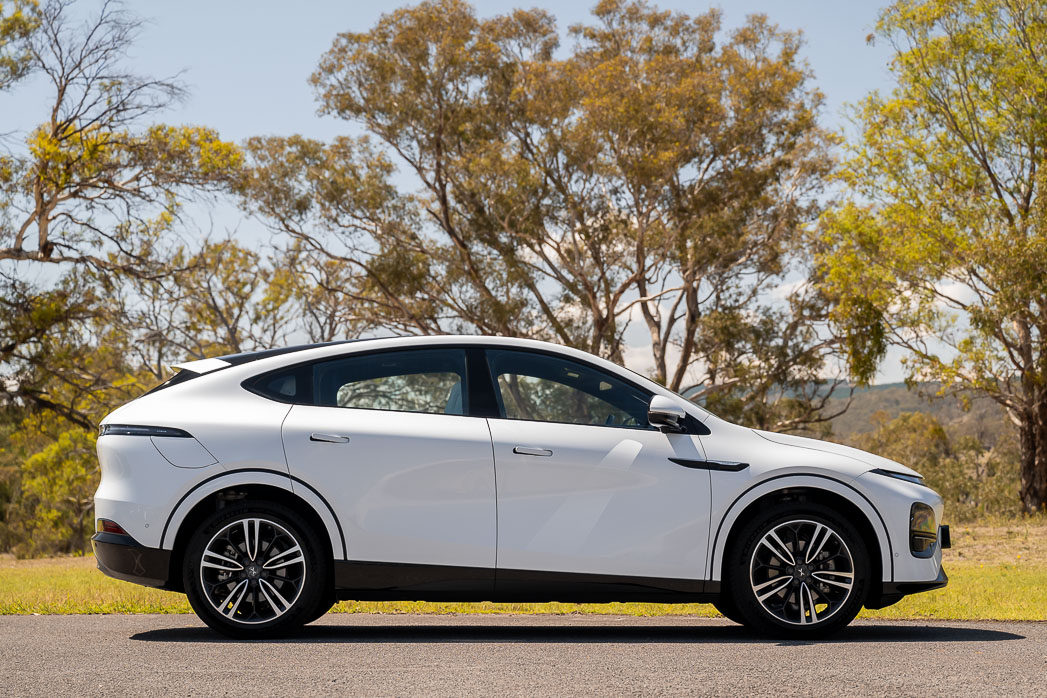
Still, it would be quite wrong to label the G6 a photocopy of the Model Y, because that isn’t the case. For one thing, XPeng has seen fit to give this reasonably affordable crossover a sophisticated 800-volt platform —meaning it can charge a lot faster than most EVs at this price point. The interior’s a tad more conventional than a Tesla, too.
When we tested the G6, the canny price strategy became clear. XPeng will sell you a G6 Long Range with 570km range for just $900 more than the cost of a Model Y Rear Wheel Drive. The G6 can go 104km further. You can buy a Model Y Long Range AWD, adding a second motor with 551km range, but that car costs $68,900…
So the price sounded pretty good … until Hangzhou-based rival Geely ruined the party, announcing in recent weeks that its (slightly shorter) EX5 midsizer would cost just $40,990, with 435km range — or $44,990 (both before on-road costs) in closer-matched Inspire trim.
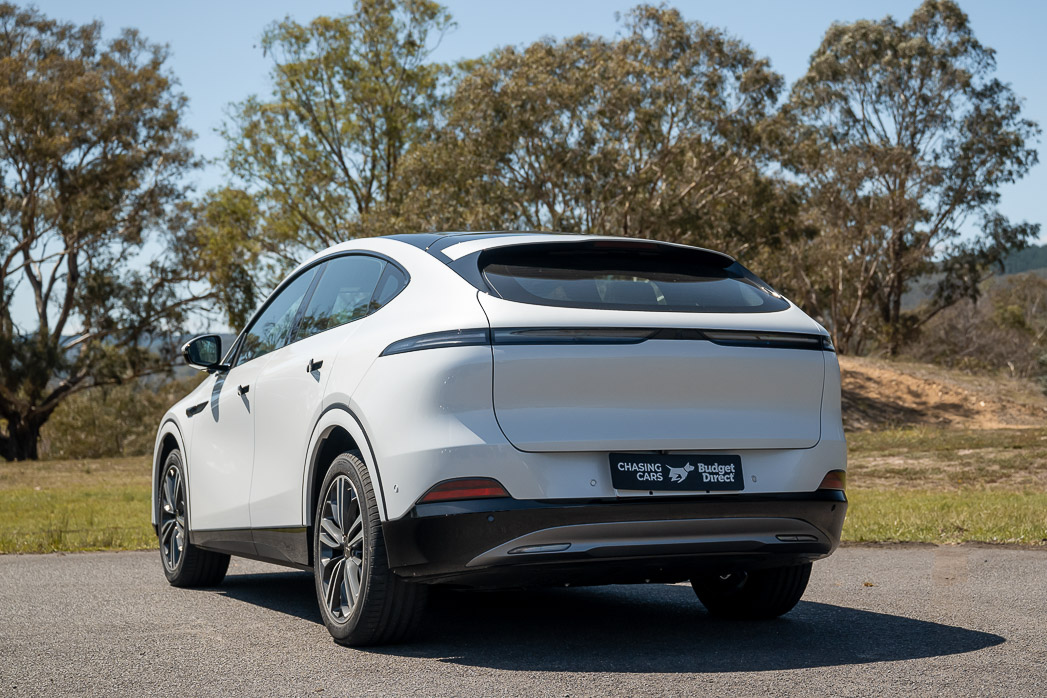
That is a problem. Neither XPeng nor Geely have any brand reputation in Australia. Both cars seem to be competent-enough yet unmemorable Chinese EVs.
Can the G6 avoid being trampled by rivals that are clearly willing to kneecap their compatriots on price? Can the XPeng avoid being entangled in a race to the bottom? Let’s see if this egg-shaped SUV has the distinction required for Australians to take a gamble on this new brand.
Despite global EV demand wobbles, the fully electric market continues to be fairly buoyant in Australia due, in large part, to substantial tax savings available to buyers who salary-sacrifice a battery vehicle. At the same time, Australians buy more more midsize SUVs than any other type of car.
The result? An explosion in the number of choices in the electric medium crossover segment that the XPeng G6 joins.
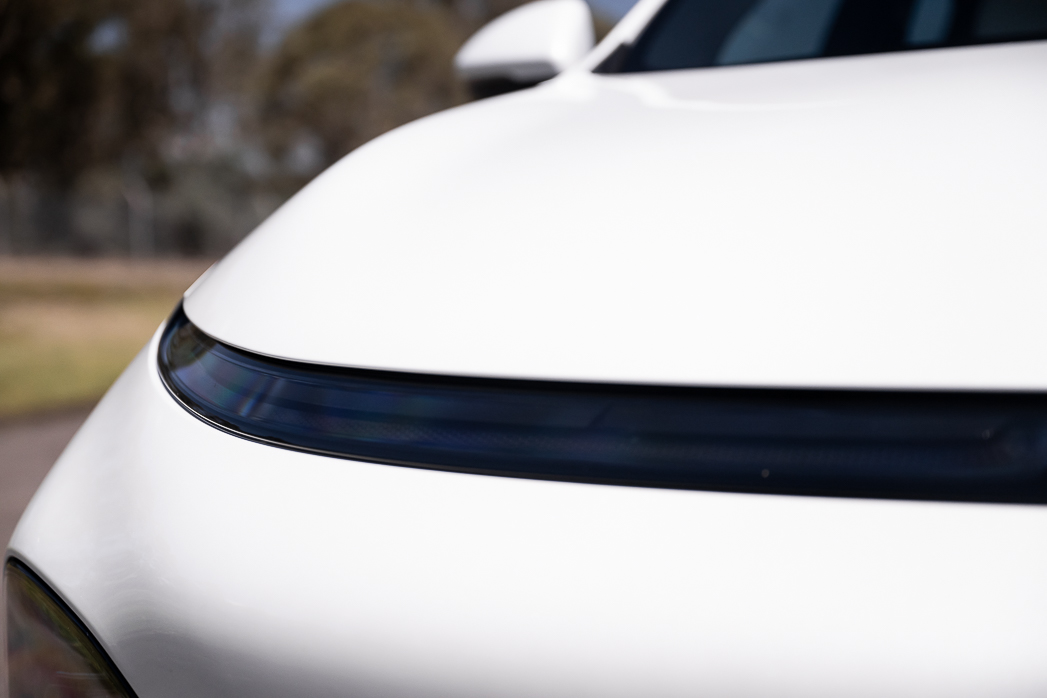
Rapid price changes have become a hallmark of the affordable midsize electric SUV segment that is home to the XPeng G6, but at the time of testing, pricing of the competitive set was pegged as follows, with WLTP driving range given to provide additional perspective:
| Model | Power | WLTP range | Price BOCS | $/range ratio |
|---|---|---|---|---|
| Geely EX5 Inspire | 160kW FWD | 410km | $44,990 | $109/km |
| Leapmotor C10 Design | 160kW RWD | 420km | $49,888 | $118/km |
| Skyworth BE11 Luxury | 150kW FWD | 489km | $52,990 | $108/km |
| Deepal S07 | 160kW RWD | 475km | $53,900 | $113/km |
| XPeng G6 Standard Range | 190kW RWD | 435km | $54,800 | $125/km |
| BYD Sealion 7 Premium | 230kW RWD | 482km | $54,990 | $114/km |
| Tesla Model Y Rear Wheel Drive | 255kW RWD | 466km | $58,900 | $126/km |
| XPeng G6 Long Range | 210kW RWD | 570km | $59,800 | $104/km |
| Volkswagen ID4 Pro | 210kW RWD | 544km | $59,990 | $110/km |
| Cupra Tavascan Endurance | 210kW RWD | 534km | $60,990 | $114/km |
| Kia EV5 Air Long Range | 160kW FWD | 555km | $61,170 | $110/km |
| Smart #3 Premium | 200kW RWD | 455km | $61,900 | $136/km |
| Toyota BZ4X | 150kW FWD | 436km | $66,000 | $151/km |
| Tesla Model Y Long Range AWD | 378kW AWD | 551km | $68,900 | $125/km |
| Skoda Enyaq Sportline | 210kW RWD | 561km | $69,990 | $124/km |
The options seem overwhelming, but the above table makes clear that the G6 Long Range is pretty good value for drivers that need to do long distances. Several rivals splash lower entry costs but the XPeng effectively charges just $104 for each driveable kilometre — far beneath the $126/km of the Model Y Rear Wheel Drive.
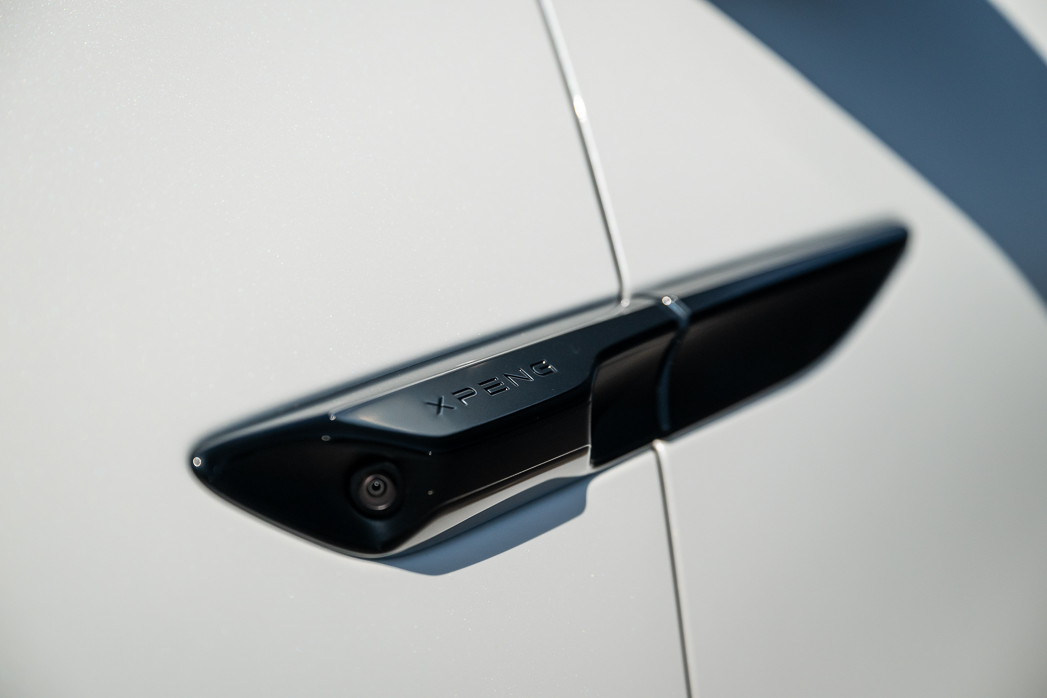
While we’re at it, the same formula shows why the G6 Standard Range is considerably less appealing ($125/km), but also that Geely ($109/km), Skyworth ($108/km) and Volkswagen ($110/km) have each managed to achieve a low price-for-range ratio.
Unlike Tesla, XPeng has not chosen to differentiate the Standard Range and Long Range versions of the G6 by increasing the standard equipment of the latter beyond fitment of a larger battery.
Aside from an extra 20kW, the $5000 upgrade buys 21.5kWh more usable battery ($232/kWh) for a 135km range increase ($37/km).
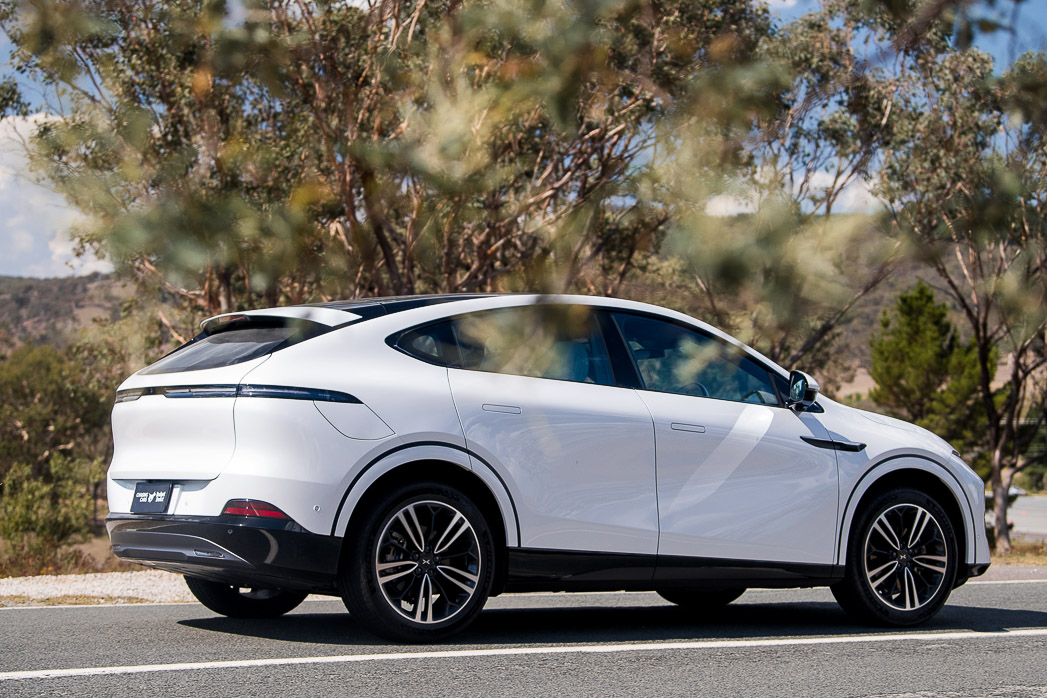
As a result, the below list of XPeng G6 features applies to both variants:
The only options for Australian buyers of the XPeng G6 relate to colour—and impressively, none of the personalisation attracts any premium. Externally, a choice of Midnight Black, Graphite Grey, Fiery Orange, Silver Frost or the tested Arctic White is offered. Inside, black or white leatherette themes are available, with our car featuring the latter.
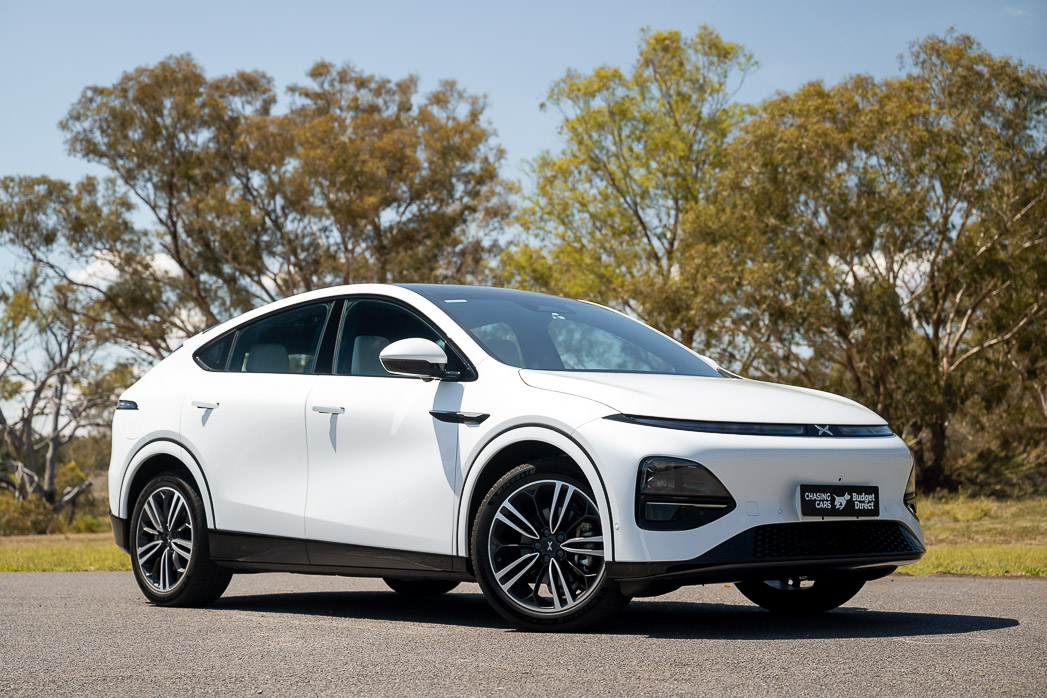
It’s foreseeable that XPeng might choose to offer a lower-tier variant to compete more closely on price with cheaper rivals, but globally, for the time being, the company appears to be exclusively producing a specification more-or-less in line with the above feature set.
We had the rare opportunity to independently test the XPeng G6 on some of our very favourite driving roads.
The fast and technical routes on the western side of the Australian Capital Territory reveal unfinished and unpolished dynamics, while the same jurisdiction also offers up some brutally pockmarked urban routes. In other words, a good shakedown for an unknown car from an unknown brand.

And you know what? The dynamics of the XPeng G6 are competent for use on Australian roads, even tough ones like these. That is not to damn the G6 with faint praise. It’s better than several rivals, most controversially the dramatically undercooked Kia EV5 which was (coincidentally) tested alongside the XPeng on the same routes.
However, while the dynamics of the G6 are absolutely acceptable, displaying polite manners and conveying occupants from A to B without a fuss, it is also true to say that the XPeng is a characterless and unmemorable drive.
It depresses us to concede that for most, that won’t be a demerit, but some rivals (namely the Volkswagen Group’s VW ID4, Cupra Tavascan and Skoda Enyaq cousins—even the Toyota BZ4X!) are also rewarding to drive.
Image captured on private test-track
For those who’ve read far enough to care about this kind of thing, the reason the G6 is so dynamically dull is because its steering and suspension have been tuned to match the visual reference of the car: blandly and conservatively, but in the end … competently. It’s quick (6.2 seconds 0-100km/h) but energy (210kW/440Nm) delivery is safe and linear.
The steering is light (better than being needlessly heavy) but delivers no road feel at all. Grip levels are sufficient, but the tyres will squeal when pushed. The stability control system bites down as things get out of hand.
The dampers bob along quite softly; overall the body control slightly lacks discipline but it’s never rollicking. The control surfaces are vaguely in sync — but you never get the feedback required to want to push on.
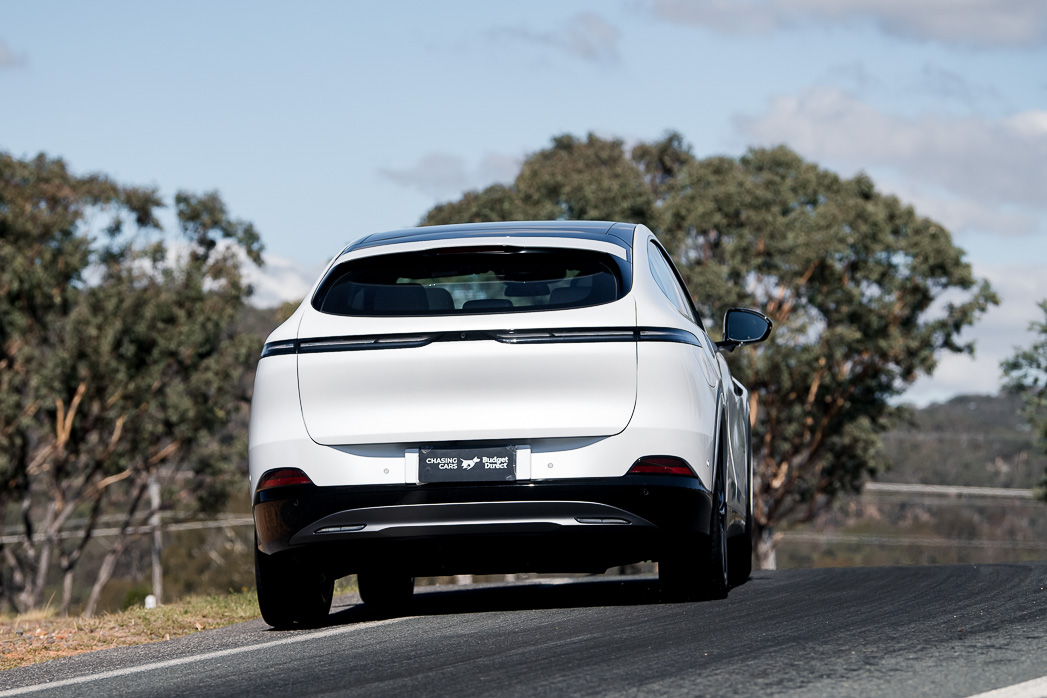
In the end it’s relaxing — once you’ve turned down or deactivated some of the G6’s safety systems, that is, and once you have gotten used to the slightly odd grip required to hold the two-spoke steering wheel.
You won’t drive the G6 for sport; you won’t look for reasons to drive it, but when you do have to, it’s a comfortable, fairly quiet, entirely inoffensive proposition.
We appreciate that the G6 is rear-wheel drive, which does lend a glimmer of poise (even if its character probably wouldn’t have been too different if the motor was at the front). And features like the adjustable regenerative braking work well, with a one-pedal drive mode for those that want it.
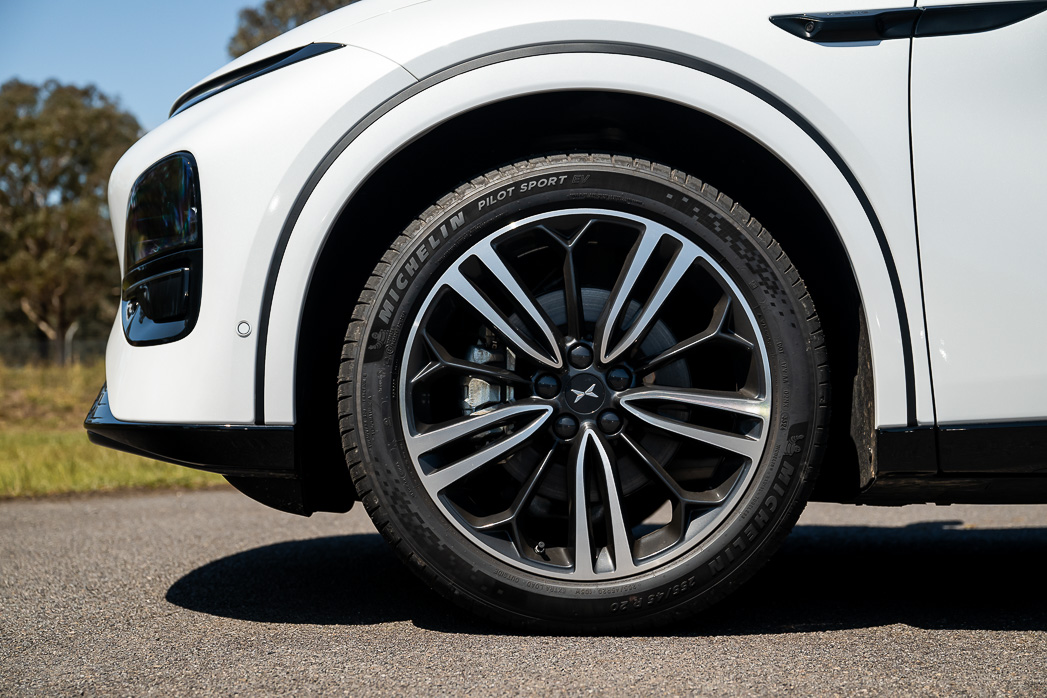
Also, the presence of a proper driver’s instrument cluster makes for easier reference to the speedo on the go than in the Tesla Model Y.
In urban environments, the ride quality on passive dampers and standard 20-inch wheels (with fairly low-profile Michelin tyres) is, again, acceptable. Bigger bumps and imperfections will jar occupants more than a chunkier tyre setup would but, frankly, low-speed comfort is decent enough and head-toss is minimal.
As with the exterior design, XPeng appears to have taken some inspiration from the segment-stopping Model Y inside — but where the Model Y has arguably subtracted too much hardware, the G6 cabin designers have seen fit to add some things back in.
In that sense, the G6 is marginally more conventional — but for anybody getting out of a mainstream car, the XPeng’s interior is certainly a futuristic and interesting space.

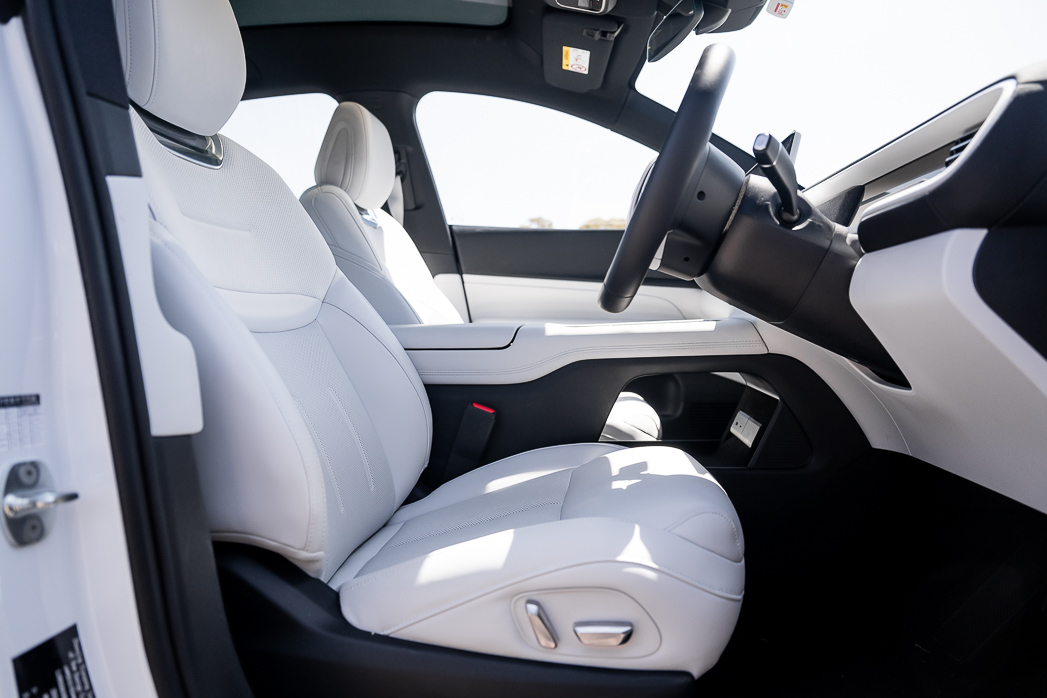
The black interior colour scheme seems dark and foreboding, which might explain why XPeng sent us the (no-cost optional) white cabin. The five seats, steering wheel hub and spokes and centre spine are all covered in spongey imitation-leather upholstery while the carpets, door and dash tops and wheel rim are dark.
We wouldn’t call the interior luxurious or especially rich, but it is well-executed and slightly elevated for a mainstream vehicle. It isn’t real leather that has been splashed about the place but rather a vaguely decent facsimile that will at least be easy to wipe down.
The aesthetic is smart and stark, with brightness enhanced from to the standard fitment of yet another fixed panoramic glass roof that we imagine must be nice in the Nordics, but in any country that experiences hot summers, the cabin roasts — as it did on our testing day.
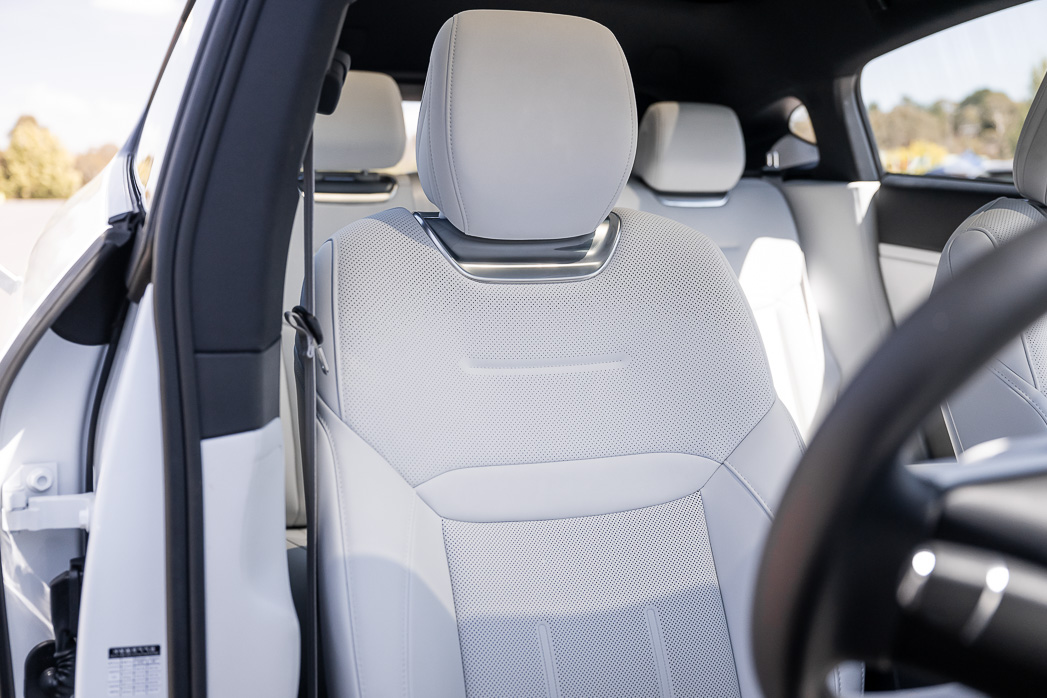
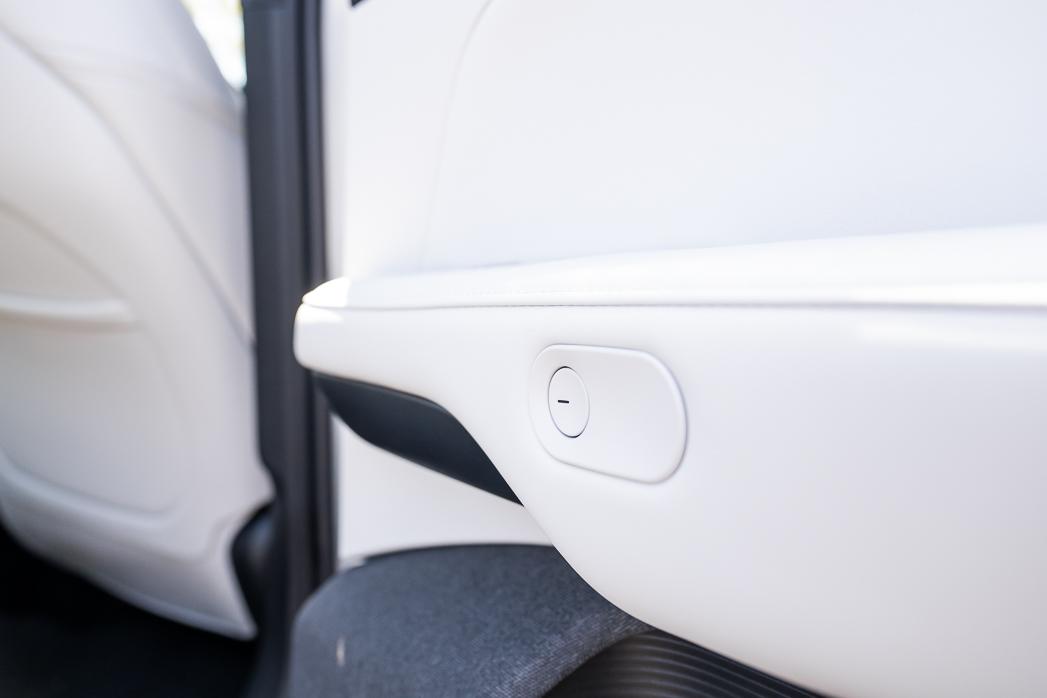
Thankfully, there are two fixes: the vinyl front seats have an effective ventilation feature, and XPeng will sell you a $160 sunshade. We’d recommend fitting it.
Up front, ergonomics are marginal. Both seats are power-adjustable, but XPeng has failed to specify seat base tilt adjustment—and the passenger doesn’t even have adjustable lumbar (the driver has four ways of it, plus memory). As mentioned above (see Driving), the avantgarde steering wheel looks cool, but is strange to hold due to thick spokes.
However, various controls are within easy reach including a stalk for indicators and a column-shifted direction selector. Other oft-requested functions like the dual-zone climate controls are housed within the 15.0-inch central touchscreen that runs Xmart software — though the menu structures are logical, and the system is snappy.
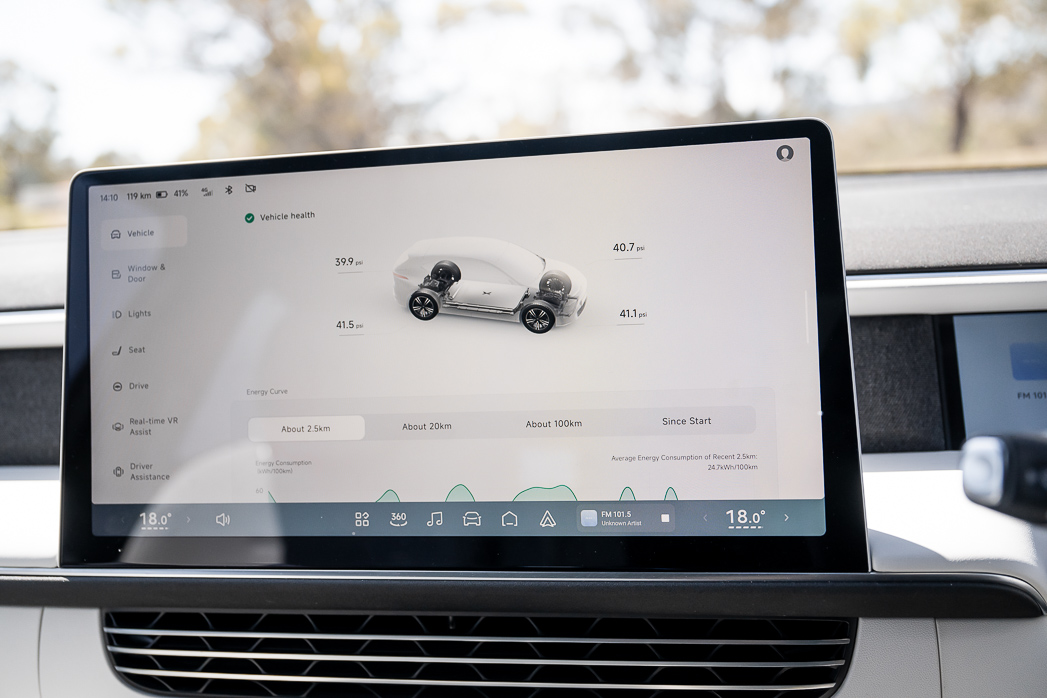
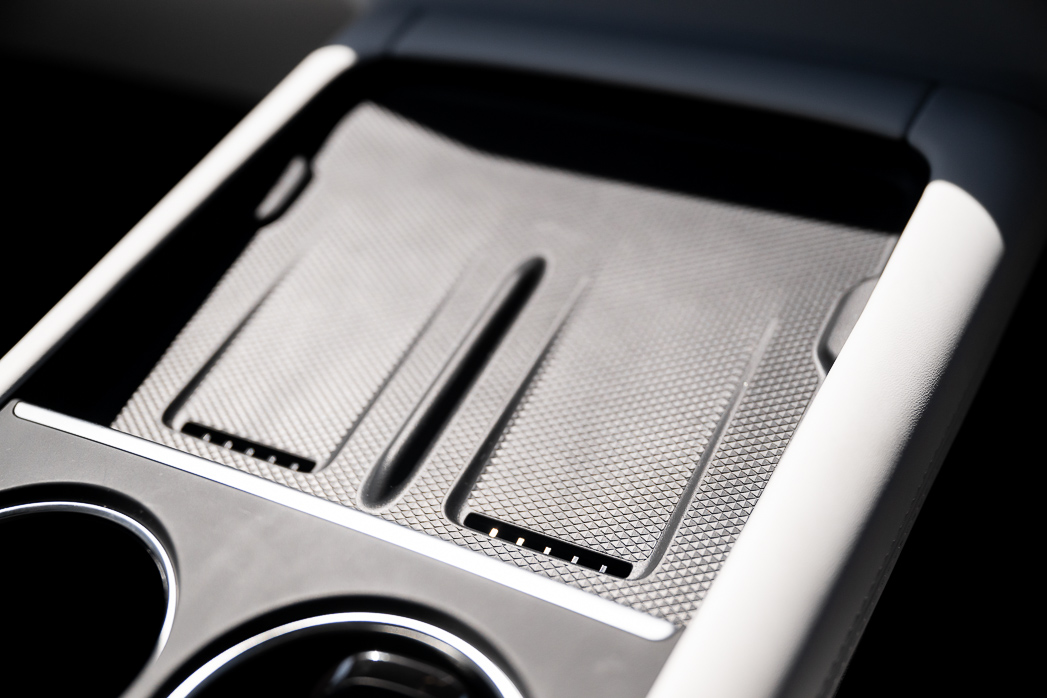
Most people will simply run their phone through the bright and crisp screen as both wireless and wired Apple CarPlay and Android Auto are fitted. Charging devices is a doddle: twin 50-watt wireless chargers are found up front, while the car features one 60-watt USB-C port (good for charging laptops) and a smattering of lower-powered plugs too.
We like the fitment of a 10.2-inch dedicated cluster for the driver with some scrollable display functions (just having a speedo in our line of sight is pleasant, at least when compared to a Model Y), and sound quality from the standard 18-speaker in-house premium stereo was very clear.
Moving to the rear, comfort levels are high thanks to the reasonably long 2890mm wheelbase and significant quantum of rear legroom—six-foot adults will be comfortable in the rear and longer legs are adequately supported by a well-designed seat base. Air vents and USB charging is available in-back while squidgy plastics continue into row two.
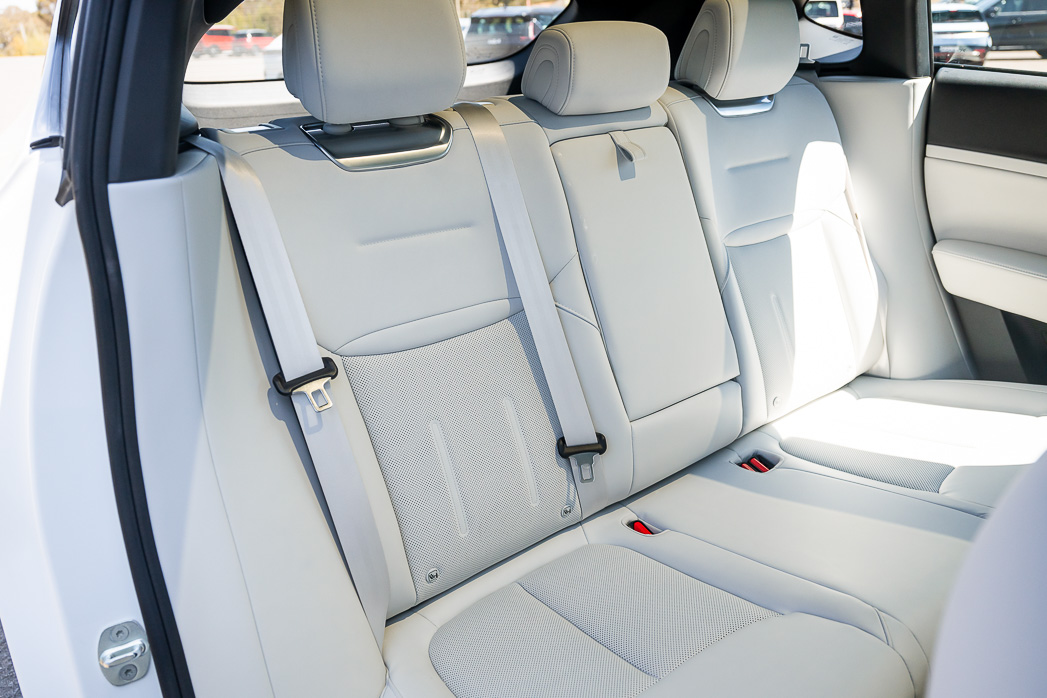
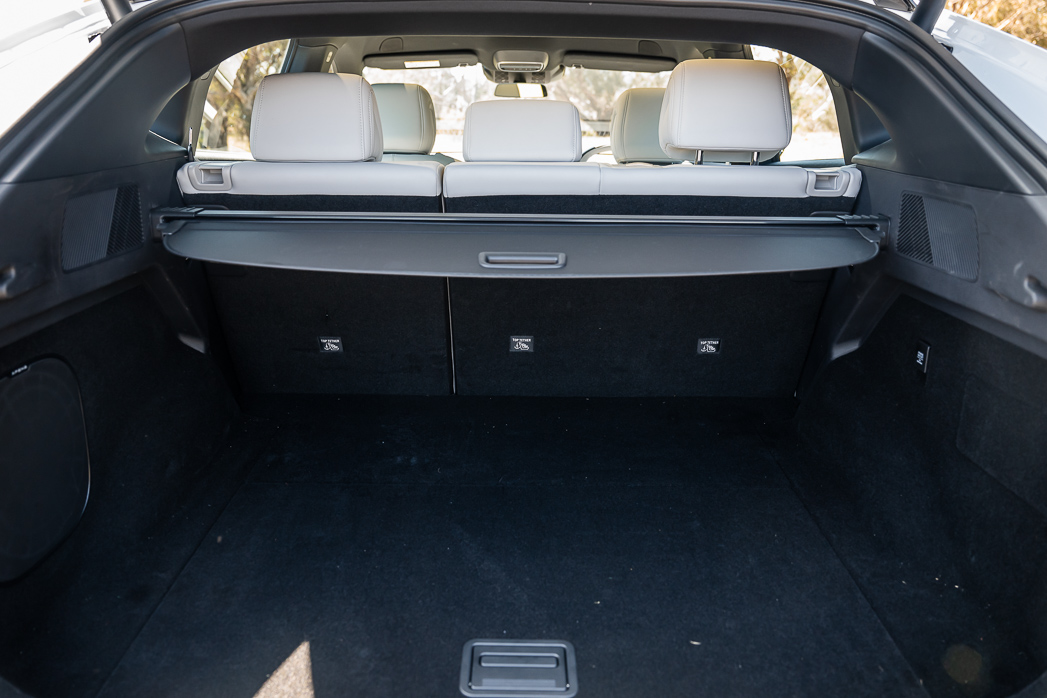
Oddly for a rear-wheel drive car on a dedicated EV platform (in this instance XPeng’s SEPA 2.0 architecture), there is no frunk beneath the bonnet—but there is a large boot.
Behind a power tailgate waits 571 litres of cargo space with reasonable width and a low loading height making packing stuff easy, while the rear seats split fold for longer items.
Like nearly all electric vehicles there is no spare wheel or tyre fitted beneath the boot floor. There is a space for cables, two of which are included in the purchase price.
Yes, the G6 is safe, but like with many vehicles we test, the tuning of some of the safety features fitted to the car to achieve a high safety rating are intrusive and poorly-tuned in reality. The crash and safety credentials have been independently rated by Australasian New Car Assessment Program (ANCAP), though results are translated from results recorded by Euro NCAP.
Consequentially, the XPeng G6 received a five-star ANCAP crash and safety rating under the body’s 2024 protocol, with the rating due to expire in December 2030. Individual scores recorded by the G6 were as follows:
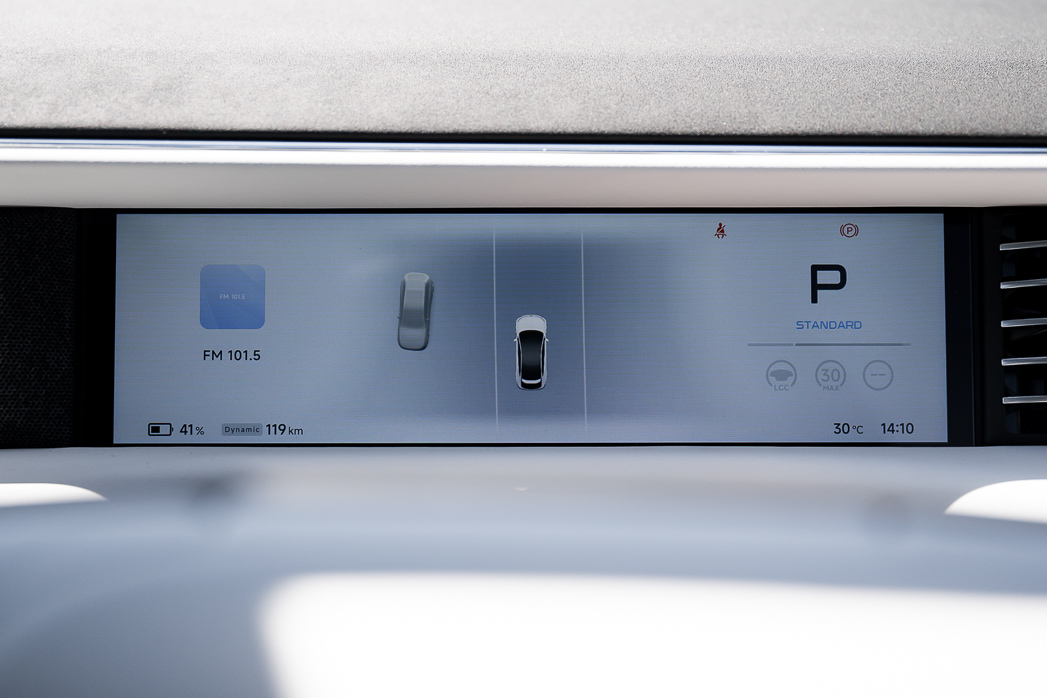
While the crashworthiness of the G6 was rated highly, the following adaptive safety technologies are fitted as standard to the car within XPeng’s Xpilot driver assistance suite that is powered by an NVIDIA Orin-X chip, five millimetre wave radar, 12 ultrasonic sensors, and 12 cameras:
These systems worked reasonably well, with the 360-degree parking camera providing a clear view of surroundings. We also observed satisfactory performance from the lane centring system on the highway.
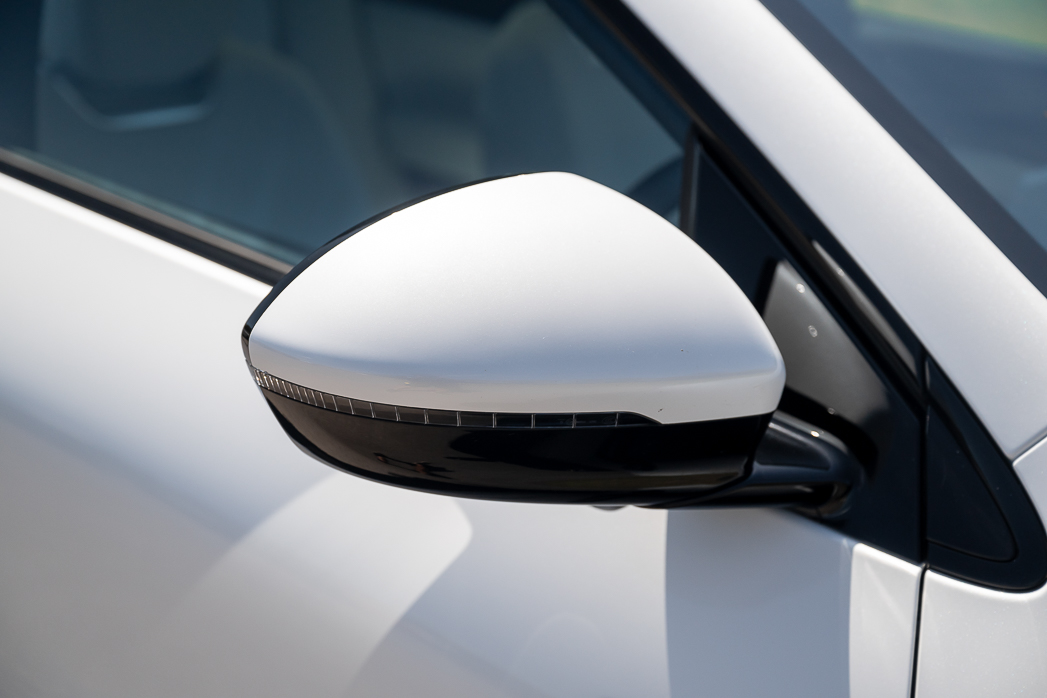
However, during suburban and country road driving, the lane-keeping system was oversensitive, and both the speed warning and driver monitoring systems were overbearing and occasionally inaccurate. As a result, we learned a routine to deactivate those features on most drives via the touchscreen.
Like most EVs, the XPeng G6 promises low running costs for owners who can charge the vehicle at home, making use of fixed or off-peak electricity tariffs—or solar if the car can be fuelled during the day.
The G6 Long Range has an 87.5kWh (usable) NMC battery. Consumption is rated at 15.4kWh/100km (WLTP) for a range of 570km. We managed 17.0kWh/100km in mixed driving for realistic range of 514km — that’s still solid.
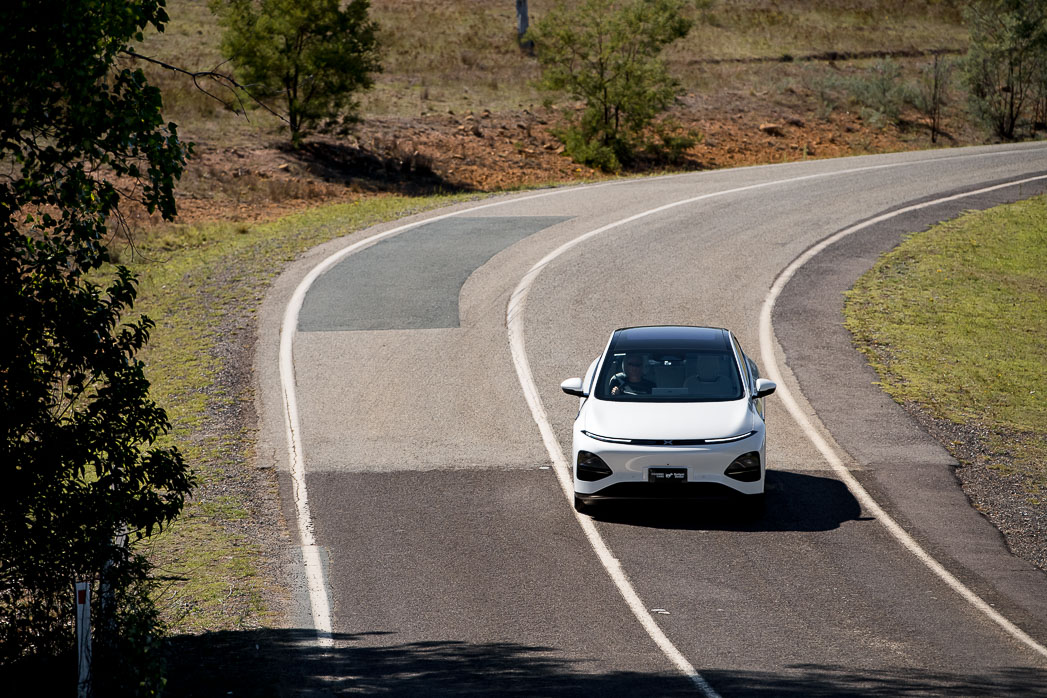
Recharging at home with a tariff of $0.35/kWh, a full charge would cost about $33 including losses — or $6 per 100km. If you rely on public chargers, at a given rate of $0.65/kWh, a realistic replenishment from 10 percent to 80 percent state of charge would cost around $42 ($12 per 100km), again considering charging losses.
For comparison purposes, 100km of driving could cost around $16 in a combustion SUV of similar size.
Charge times vary. Domestically, a simple 10-amp general power outlet allows the G6 to take on about 22kWh in 12 hours (129km).
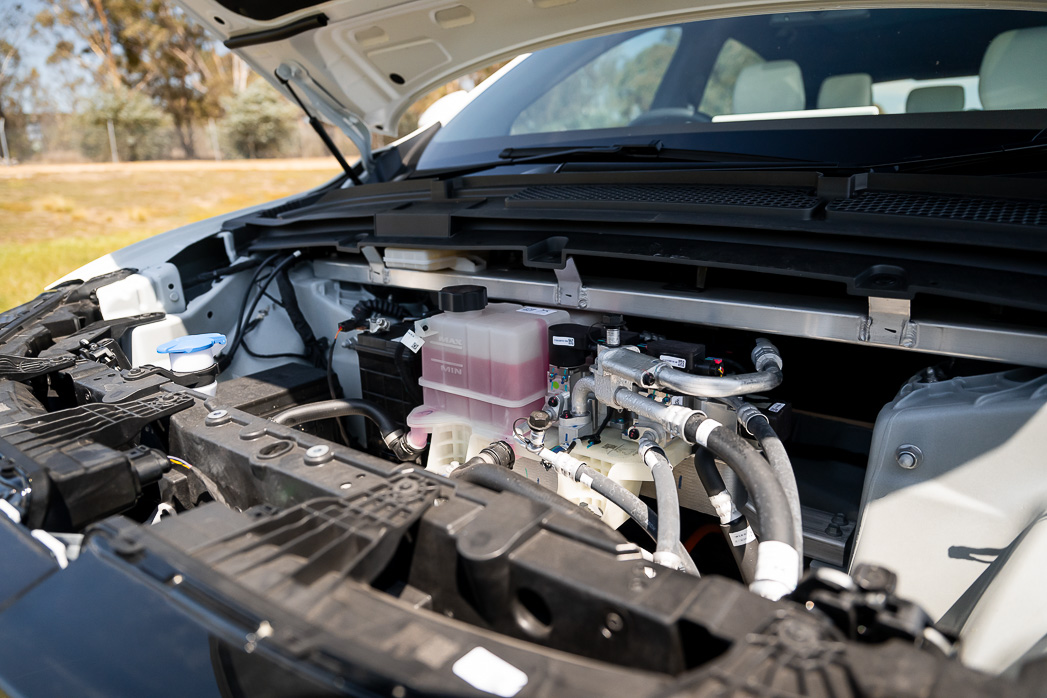
Upgrading to a wallbox at a cost of about $2000 allows you to fully recharge overnight. In a public charging environment, the G6’s 800-volt platform allows it to peak at a charge speed of 280kW and average a very quick 180kW across a 10-80 percent charge session of 21 minutes.
XPeng has extended a campaign of cheaper servicing costs and longer warranties for Australian buyers — this time, nominally, until June 30, 2025.
Under this campaign, five years or 100,000km of scheduled maintenance will cost $1826 in total, while the vehicle warranty is extended from the standard five years/120,000km to 10 years/220,000km, and the battery warranty pushes out from eight years to 10 years.
The XPeng G6 has decent manners and a reasonable price in far-reaching Long Range format. The biggest problem this Chinese-made newcomer will face is asking Australians to entrust an untested marque with their hard-earned dollars.
Questions of long-term reliability and resale value are naturally untested — this vehicle may turn out to be rock-solid, but we just won’t know until they have spent some time on Australian roads.
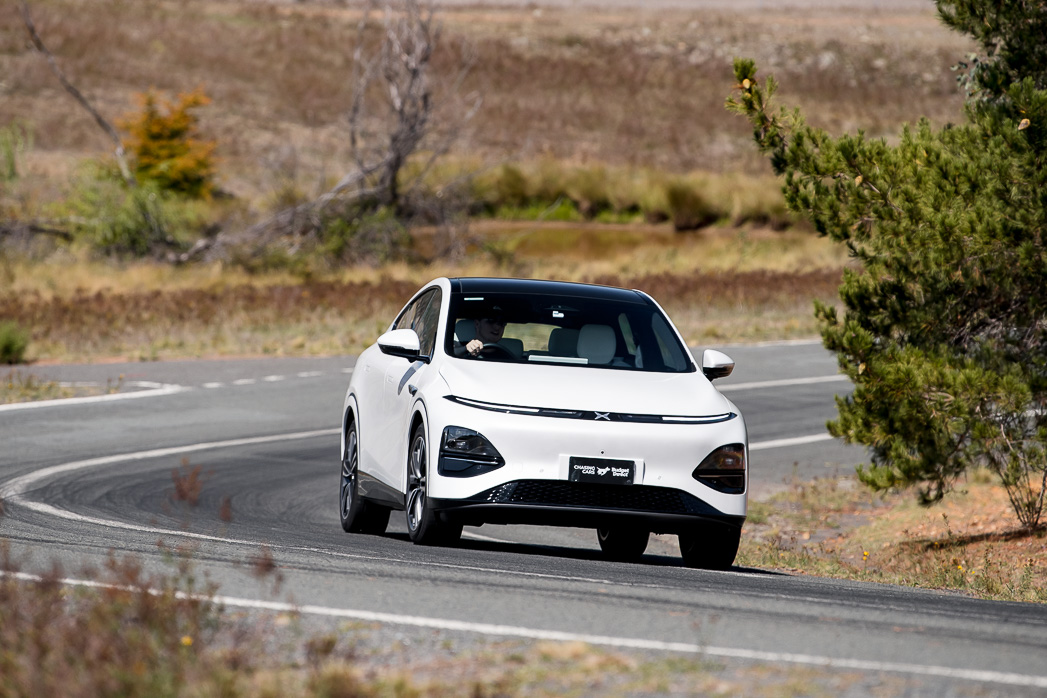
Some manufacturers opt to launch with a guaranteed future value plan to limit customer exposure to depreciation, but XPeng has ambitiously sidestepped such an offer.
It’s your money on the line.
The Australian electric car market is like the Wild West at present: low barriers to entry mean an influx of new brands — and new product lines from the brands you’ve heard of. Which of these new products will last long-term is an open question.
Images captured on private test-track
Purchasing the G6 through a novated lease structure would reduce overall costs further for some buyers — and Australians that need to do long distances and who will benefit from the XPeng’s impressively short highway recharge times may find that this vehicle ticks the boxes.
Key specs (as tested)
About Chasing cars
Chasing Cars reviews are 100% independent.
Because we are powered by Budget Direct Insurance, we don’t receive advertising or sales revenue from car manufacturers.
We’re truly independent – giving you Australia’s best car reviews.
The estimate provided does not take into account your personal circumstances but is intended to give a general indication of the cost of insurance, in order to obtain a complete quote, please visit www.budgetdirect.com.au. Estimate includes 15%^ online discount.
^Conditions Apply
Budget Direct Insurance arranged by Auto & General Services Pty Ltd ACN 003 617 909(AGS) AFSL 241 411, for and on behalf of the insurer, Auto & General Insurance Company Limited(ABN 42 111 586 353, AFSL 285 571).Because we don’t know your financial needs, we can’t advise you if this insurance will suit you. You should consider your needs and the Product Disclosure Statement before making a decision to buy insurance. Terms and conditions apply.
Indicative quote based on assumptions including postcode , 40 year old male with no offences, licence suspensions or claims in the last 5 years, a NCD Rating 1 and no younger drivers listed. White car, driven up to 10,000kms a year, unfinanced, with no modifications, factory options and/or non-standard accessories, private use only and garaged at night.
^Online Discounts Terms & Conditions
1. Discounts apply to the premium paid for a new Budget Direct Gold Comprehensive Car Insurance, Third Party Property Only or Third Party Property, Fire & Theft Insurance policy initiated online on or after 29 March 2017. Discounts do not apply to optional Roadside Assistance.
2. Discounts do not apply to any renewal offer of insurance.
3. Discounts only apply to the insurance portion of the premium. Discounts are applied before government charges, taxes, levies and fees, including instalment processing fees (as applicable). The full extent of discounts may therefore be impacted.
4. We reserve the right to change the offer without notice.

